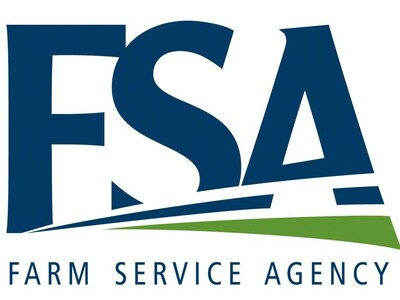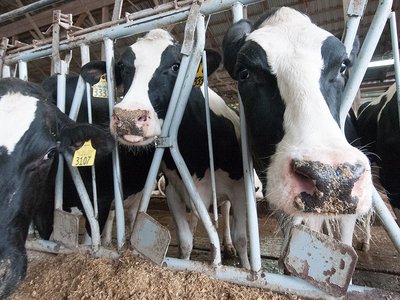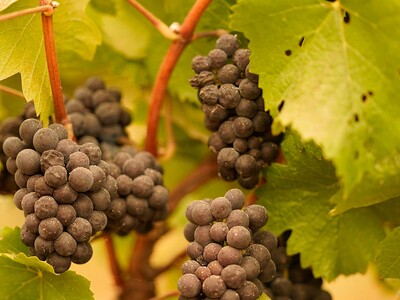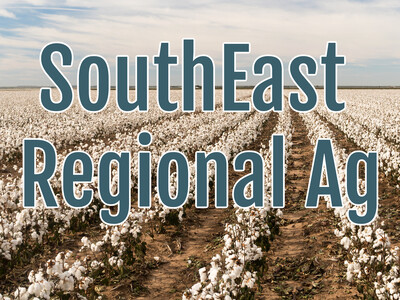Germplasm from Europe helping to breed disease resistance into northwest wheats
Farm and Ranch June 23, 2009 A cooperative agreement between Oregon State University and the Nikerson Seed Company, which operates mainly in France and England, is providing OSU scientists with some good germplasm to incorporate disease resistance into Pacific Northwest wheat varieties. Mundt: “And they have some material with just fabulous yield potential and just a real nice package of disease resistance including things like straw breaker foot rot and cephalosporium stripe.” That’s Oregon State University’s Chris Mundt who says several genes are involved in cephalosporium stripe resistance. Mundt: “So far we have identified seven, so it is a fairly complex trait. But we have found that we can move those between different varieties and get a pretty good response.” The variety Madsen of course has a gene for strawbreaker foot rot resistance but Mundt says that has been around for a while now and the industry needs to be prepared if it breaks down. He has some wheat line in plots now that have three genes for strawbreaker resistance. The soft white winter wheat Skiles, which has improved cephalosporium stripe resistance has been released and Mundt says growers should be seeing more. Mundt: “And we have quite a few lines now coming from the program of the European times the northwest material that are showing good yield and good quality and some pretty decent cephalosporium stripe resistance and strawbreaker resistance. So I think we are just a few years away from seeing some of those things get into our advanced trials and then getting out to the growers soon afterwards.” I’m Bob Hoff and that’s the Northwest Farm and Ranch Report on the Northwest Ag Information Network. ?













